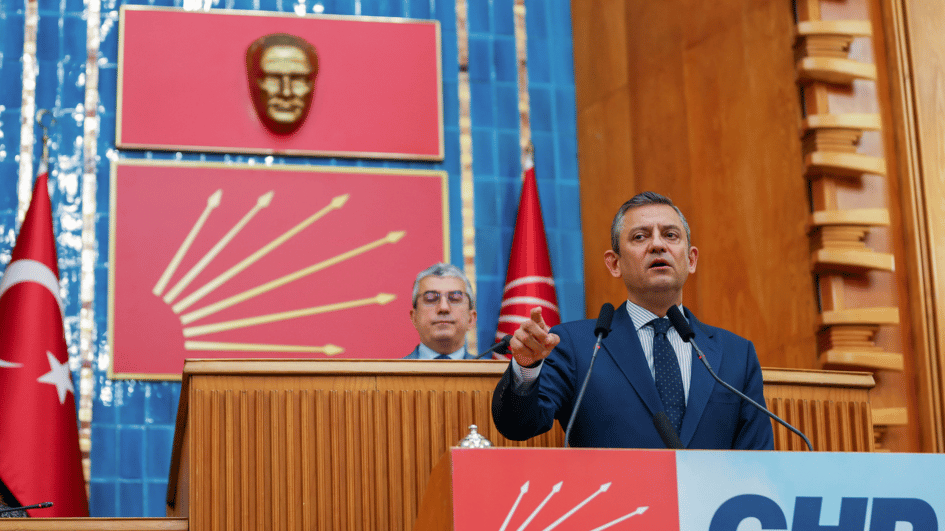How long will Egypt endure change’s toll?
In the past three months, the revolution in Egypt that began in 2011 has been evolving, with no signs its energy will fade away. If anything at all, the more challenged it is and the more violent the attempts are to control it, the more determined and the more persistent the response is. Although the calls for ‘Millioneyas,” as they have become known almost every Friday, continue to remind everyone of the initial outbursts of millions who marched in the streets and filled Tahrir Square in Cairo and all the other squares in Egypt’s main cities, these remain the symbol of the revolution. The ripples on the edges have expanded and seem to have taken on a life of their own. The latest tool of dissent is a call for civil disobedience.
The evolving scenario for dissent and resistance could have been easily understood had it been still before January 2011. What was totally frustrating then is why it hadn’t happened years before. There were enough apparent justifications for that. Despite the fact or because of the fact that the present leadership and political organization of the nation – which is barely in year one – draws legitimacy from a long series of elections and vehemently attempts to portray its pious proximity to a holy creator, dissent is growing. In retrospect, it seems like it was easier to bring down President Hosni Mubarak and his regime in 18 days. Maybe not, if one stops to consider the element of surprise and brutal struggle against the regime’s violent security apparatus, in addition to all the mitigating circumstances that played out then. By Feb. 11, 2011, the world readily accepted and supported the decisions of the many different Egyptian institutions to replace Mubarak with his army.
The changeover was hailed globally as “peaceful.” The reality on the ground had provided the perfect environment for the changing of the guard. In the name of the people, in the name of freedom and justice, Egyptians triumphed in their initial outburst. This episode in the story of this magnificent country was meant to end in glory, allowing everyone to live happily ever after or, at least for a long while. It didn’t. Painfully, it took much more agony, confusion, disillusion and time for many to begin to realize the unfolding realities. The gaps between those who demanded change and those who wanted stability widened. More than two years later, the real struggle continues to be for real change as the old continues to fight the new.
The pro-change youth movements will continue to escalate while the responses of the leadership reek of déjà vu. Two fundamental phenomena have failed to change: state violence as a means of control and the aggravating responses of the ruling regime. One cannot expect a very different outcome. This time around, the struggle will require more energy. The fight for change is taking a high toll on Egypt, with not much signs the revolution is giving up. Meanwhile, the calls for civil disobedience continue as the Suez Canal zone cities of Port Said, followed by Ismailia, have begun to comply in the last few days.










